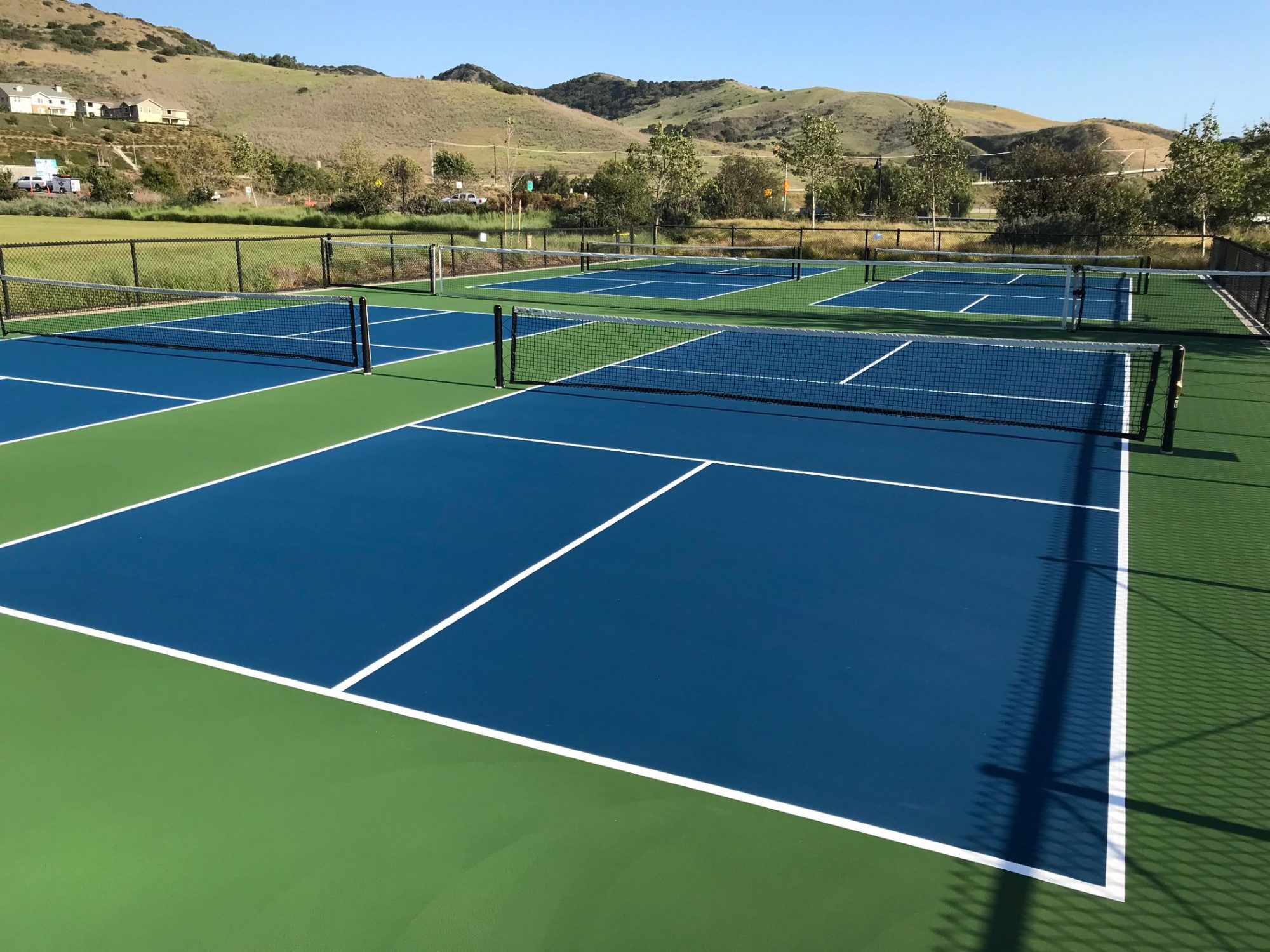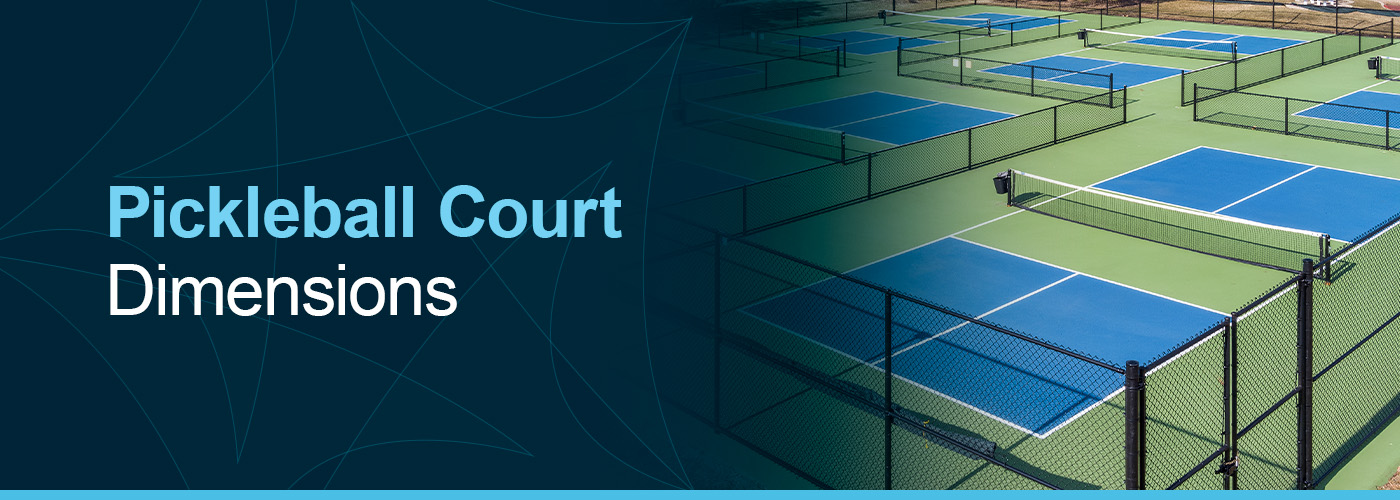Technologies in Pickleball Court Construction: Trends You Must Know
Technologies in Pickleball Court Construction: Trends You Must Know
Blog Article
Increase Resident Engagement With Community-Driven Pickleball Court Projects
The introduction of community-driven pickleball court jobs offers an one-of-a-kind chance to cultivate local involvement and strengthen area ties. The actual concern stays: just how can these grassroots efforts be tactically executed to make certain sustainability and inclusivity in varied communities?
Relevance of Neighborhood Involvement
Area involvement is a vital element in the effective advancement of pickleball court jobs, as it cultivates a sense of ownership and collective obligation among citizens. When neighborhood participants are actively associated with the preparation and application stages, they are most likely to promote for the job's lasting success. Engaging stakeholders such as neighborhood gamers, family members, and entertainment teams makes sure that the facilities fulfill the diverse needs and preferences of the community.
In addition, area engagement grows a helpful setting where citizens feel encouraged to contribute their sources and ideas. Pickleball court construction. This collective approach can result in innovative services that improve the design and performance of the courts, making them more enticing to a bigger target market. Additionally, including homeowners in decision-making procedures can strengthen social ties, advertising inclusivity and unity within the area
The exposure of area assistance for a pickleball project can likewise play a crucial duty in protecting funding and approval from regional authorities. By showing a common dedication to recreational development, communities can properly support for resources and policy modifications that favor the establishment of pickleball courts, ultimately enhancing the local culture and leisure landscape.
Steps to Start a Project
Initiating a pickleball court job needs a methodical approach that constructs on the structure of community interaction established in previous discussions. The first step is to set up a job board comprising local stakeholders, lovers, and reps from pertinent companies. This diverse group makes sure that multiple point of views are thought about.
Next, conduct a needs analysis within the area. Studies, focus teams, and public conferences can be effective in determining interest and celebration input on possible court areas, wanted services, and organizing choices. Following this, develop a job strategy laying out obligations, purposes, and timelines.
Once the strategy remains in location, engage with local authorities to comprehend zoning regulations and any type of essential authorizations. Connecting transparently with the neighborhood throughout this process is crucial, as it fosters trust fund and encourages additional participation.
Furthermore, arranging area events can aid keep momentum and excitement. These occasions can work as systems for further discussion and aid to enhance community ties. Record every step taken and keep thorough documents, as this will certainly be helpful for future phases of the job, consisting of funding and resource procurement.
Funding and Resources Available
Protecting financing and resources for a pickleball court project is commonly a critical step that can determine the project's usefulness and success. Different avenues exist for getting monetary assistance, varying from public financing to exclusive sponsorships. Regional government gives, frequently intended at promoting area wellness and recreation, can offer substantial financial backing for such initiatives.
Along with federal government sources, nonprofit companies and structures often provide grants particularly for sporting activities and area development tasks. Involving local companies as sponsors can additionally be a productive technique; several companies are excited to purchase neighborhood efforts that improve their company social duty profile.
Crowdfunding systems have emerged as a feasible option for grassroots fundraising, allowing community participants to contribute directly to the task. This approach not just elevates funds but also fosters a feeling of ownership among individuals.
Layout and Preparation Factors To Consider
Effective design and planning are essential elements of any kind of successful pickleball court project complying with the procurement of funding and resources. A thorough analysis of the proposed place is necessary; this consists of examining access, proximity to existing neighborhood features, and the potential for exposure and interaction.
The design of the court have to abide by main size specifications while thinking about the surrounding setting. Including functions such as seating, shade structures, and suitable lights can substantially enhance player experience and viewer pleasure. Products selected for the court surface area must focus on longevity and safety and security, with alternatives like acrylic or asphalt offering ideal efficiency.
Entailing neighborhood members useful link in the recommended you read style procedure promotes a feeling of ownership and guarantees that the facility meets regional requirements - Pickleball court construction. This can be accomplished via public examinations and studies, permitting stakeholders to share their preferences and worries
Sustainability needs to also be a top priority; integrating green materials and methods can add to lasting stability. Lastly, producing a maintenance strategy to guarantee the court continues to be in exceptional problem will certainly sustain recurring neighborhood engagement and involvement in pickleball tasks.

Success Stories and Study
Highlighting the transformative effect of community-driven initiatives, numerous success tales illustrate just how collaborative initiatives have actually caused the advancement of vibrant pickleball courts across different areas. One noteworthy example is the effort in a town in Florida, where residents grouped to convert an underutilized tennis court right into a dedicated pickleball facility. Via fundraising events and partnerships with neighborhood businesses, the neighborhood elevated enough funds to set up new nets, resurfacing, and lines, eventually cultivating a dynamic hub for regional gamers.
Similarly, in a rural location of The golden state, a grassroots movement arised to develop pickleball courts in a local park. The task not just engaged volunteers for building and construction however also consisted of workshops to involve community participants in the sporting activity. Consequently, the courts came to this hyperlink be a centerpiece for social communication and fitness, attracting gamers of every ages.
These instance researches exemplify how community-driven tasks can improve regional engagement, promote exercise, and strengthen social bonds. By leveraging collective resources and enthusiasm, neighborhoods can efficiently create and sustain pickleball centers that serve diverse populaces and cultivate a sense of belonging.

Verdict
Finally, community-driven pickleball court projects act as essential instruments for improving regional interaction and fostering a feeling of belonging among citizens. By focusing on stakeholder participation throughout the planning and application phases, these initiatives can successfully address varied neighborhood needs. Furthermore, leveraging offered sources and checking out successful study can give beneficial insights for future tasks. Ultimately, such efforts add to the change of public areas into dynamic centers of fitness and social interaction, strengthening neighborhood ties.
The emergence of community-driven pickleball court tasks provides an unique possibility to foster neighborhood engagement and enhance area ties.Neighborhood engagement is an important element in the effective growth of pickleball court jobs, as it fosters a feeling of ownership and cumulative duty among residents. When area participants are actively involved in the planning and application phases, they are extra most likely to support for the project's long-term success.Launching a pickleball court project requires a methodical approach that develops on the structure of area engagement established in previous conversations. The job not only engaged volunteers for building yet additionally consisted of workshops to involve area members in the sport.
Report this page